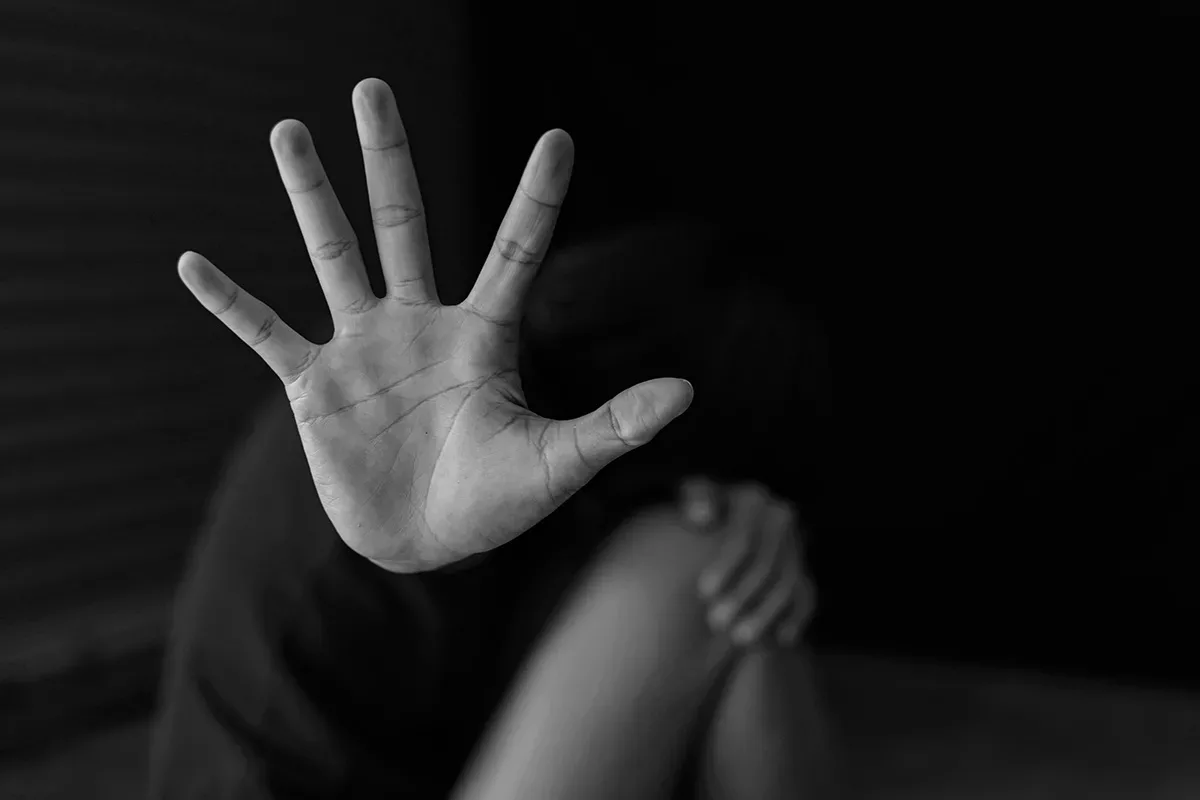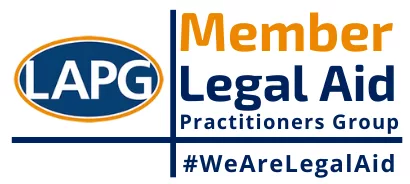Forced Marriage, Child Marriage and FGM
Whilst many of us think about Christmas decorations and gifts, for some children and adults the lead up to the festive period is when they are at high risk of being subjected to a forced and child marriage and/or female genital mutilation. Some children and vulnerable adults may also be at risk of being removed from the jurisdiction to be subjected to these human rights violations. This article looks at some of the practical signs and what steps we can take to protect those who may be at risk.
What is a Child Marriage and a Forced Marriage?
In England and Wales, the minimum age at which a person is able to consent to a marriage is 18 years, a child marriage is a marriage which involves anyone under the age of 18.
The definition of forced marriage can be found under the Family Law Act 1996, which states under section 63A(4): ‘[f]or the purposes of this Part a person (“A”) is forced into a marriage if another person (“B”) forces A to enter into a marriage (whether with B or another person) without A’s free and full consent. The Act also states that “force” includes “coerce by threats or other psychological means”.
Forced marriages are to be distinguished from arranged marriages, where families may suggest a partner, but the individuals are free to choose, forced marriages leave no room for consent, sometimes using extreme pressures or threats. Forced and child marriages are criminal offences in the UK, reflecting the government’s commitment to protecting human rights and sending a strong message that such abuse will not be tolerated.

What is Female Genital Mutilation?
Female genital mutilation (FGM) is sometimes called ‘female circumcision’ or ‘cut’. FGM is the collective name given to a range of procedure involving the total or partial removal of the outer female genitalia or other injury to the female genital organs, for non-medical reasons. This can include:
- Cutting or removing the labia majora or the labia minora (the labia are the “lips” that surround the vagina)
- Cutting or removing the clitoris (the clitoris is the small, sensitive and erectile part of the female genitals)
- Narrowing or sealing the opening of the vagina by stitching, sewing, cutting or repositioning parts of the vagina
- All other harmful procedures to the female genitalia, including pricking, piercing, incising, scaping, burning and pulling
- Re-infibulation, which means resealing or reclosing the opening of the vagina after it has been opened for a woman to give birth
FGM is usually carried out on girls between 5 and 8 years old. However, it can also be carried out on younger or older girls and adult women.
Protective Measures:
Forced Marriage Protection Orders (FMPO) and Female Genital Mutilation Protection Orders (FGMPO) are civil remedies which can prevent and protect forced and child marriages and FGM victims, respectively. FMPOs and FGMPOs are will be issued by the family court and they include legally binding directions tailored to each situation, aiming to protect victims and to prevent perpetrators from carrying out these practices. In matters where there are international elements it is imperative that the court applications are issued at the high court.
Breaching an FMPO can result in up to five years in prison, emphasising the robust stance against forced marriage. Even if there is no FGMPO, performing or arranging FGM is a criminal offence. The criminal offence of FGM and the associated offences are punishable by up to 14 years imprisonment.
Forced and child marriage and FGM are not only human rights violations they are also severe forms of abuse with long-term consequences. The UK’s laws on, FMPOs and FGM are vital tools in protecting those at risk and supporting those already affected, striving to put an end to forced and child marriages and FGM in both the UK and abroad. In cases where victims fear they are at risk of a forced marriage or FGM, they can also seek assistance from the UK’s Forced Marriage Unit (FMU).
Practical Signs of Risk:
These are some signs to watch out for in matters in forced/child marriage and FGM cases:
- the victim or the family come from a community where forced marriage, child marriage, FGM and honour’ are culturally embedded
- an announcement of engagement to a stranger not previously mentioned
- parents removing a child from education, preventing further education or extra-curricular activities
- there may noticeable levels of absenteeism, lateness – school, college or employment
- there may feel like an element of ‘surveillance’ and control by the family or community members
- significant personality changes may become evident. The victim may appear depressed, withdrawn, anxious or suicidal. There may be noticeable deterioration in the victim’s self-esteem and appearance
- the victim may run away, go missing from home or have a fear of returning home
- the victim may talk about a family holiday abroad and may seem anxious about this
- may fail to return home from a visit to the family’s country of origin
- early and/or unwanted pregnancy
- reports of self-harm or suicide attempts, particularly in the early stages of marriage
- domestic incidents or crimes at the family home. The fact that a victim was forced to marry may only reveal itself years after the marriage has taken place
- victims appear to be dominated – subject to financial control, no access to mobile phone, internet etc.[1]
Reach Out for Advice
Goodman Ray has experts who specialise in forced marriage, child marriage and FGM cases. Their team provides compassionate, knowledgeable support for individuals at risk or already impacted, guiding them through the legal process of obtaining an FMPO, FGMPO and other preventive measures.
Reach out for advice
For those affected by forced and child marriage and FGM or if you are a professional who spots the signs, please reach out to Shabina Begum, Jemma Dally or Kevin Skinner for guidance and expert legal advice.

1. https://surreyscb.procedures.org.uk/hkyqlh/procedures-for-specific-circumstances/forced-marriage
2. https://www.nottingham.ac.uk/news/forced-marriage-comic-2
3. Begum, S, Forced marriage, pre- and post-pandemic, [2023] Fam Law 427, April 2023
4. https://safeguardinghub.co.uk/forced-marriage-signs-and-tactics/
5. https://www.rightsofwomen.org.uk/wp-content/uploads/2023/12/row-_-legal-guide-female-genital-mutilation-final.pdf
[1] https://safeguardinghub.co.uk/forced-marriage-signs-and-tactics/
Article written by Shabina Begum and Safaa Aouil Ghamzi.




